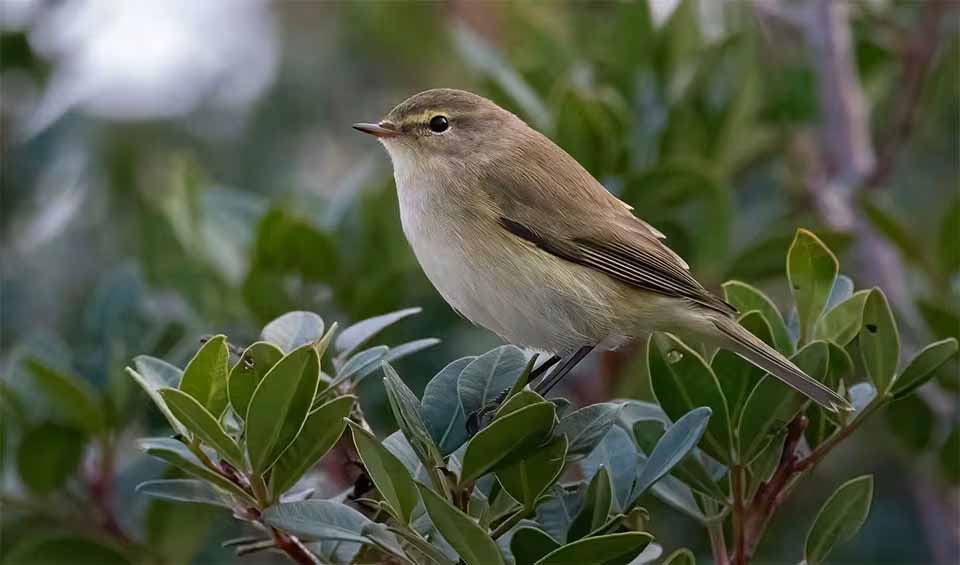Phylloscopus – Leaf warblers
Known for their agile and acrobatic behavior as they search for insects among the leaves of trees and bushes
Leaf warblers are fascinating arboreal birds known for their association with wooded habitats. These avian wonders inhabit a diverse range of forested environments, including deciduous and coniferous forests, woodlands, and shrublands, where they spend a significant portion of their time perched among the branches.
As insectivores, leaf warblers play a vital role in controlling insect populations within their ecosystems. They primarily feed on small insects, spiders, and larvae, utilizing their agile and nimble movements to hunt for prey amidst the dense foliage. Their slender bills and sharp eyesight make them efficient predators, capable of capturing insects with precision.
Leaf warblers are highly adaptable birds, capable of thriving in a variety of forest types and ecological conditions. Some species exhibit migratory behavior, undertaking remarkable journeys over long distances between their breeding and wintering grounds. During migration, leaf warblers face numerous challenges, including adverse weather conditions, predation, and habitat loss. However, their innate navigational abilities enable them to navigate complex landscapes and complete their journeys successfully.
The migratory patterns of leaf warblers vary among species, with some undertaking shorter migrations within their local range, while others embark on extensive journeys spanning continents. These migratory movements are driven by factors such as seasonal changes in food availability, temperature, and day length.
Leaf warblers are also known for their distinctive vocalizations, which play a crucial role in communication and species recognition. Their melodious songs echo through the forest canopy, adding to the rich tapestry of sounds in their woodland habitats.
Species in this genus
Common chiffchaff
Their migratory behavior is often linked to the availability of insects for food


